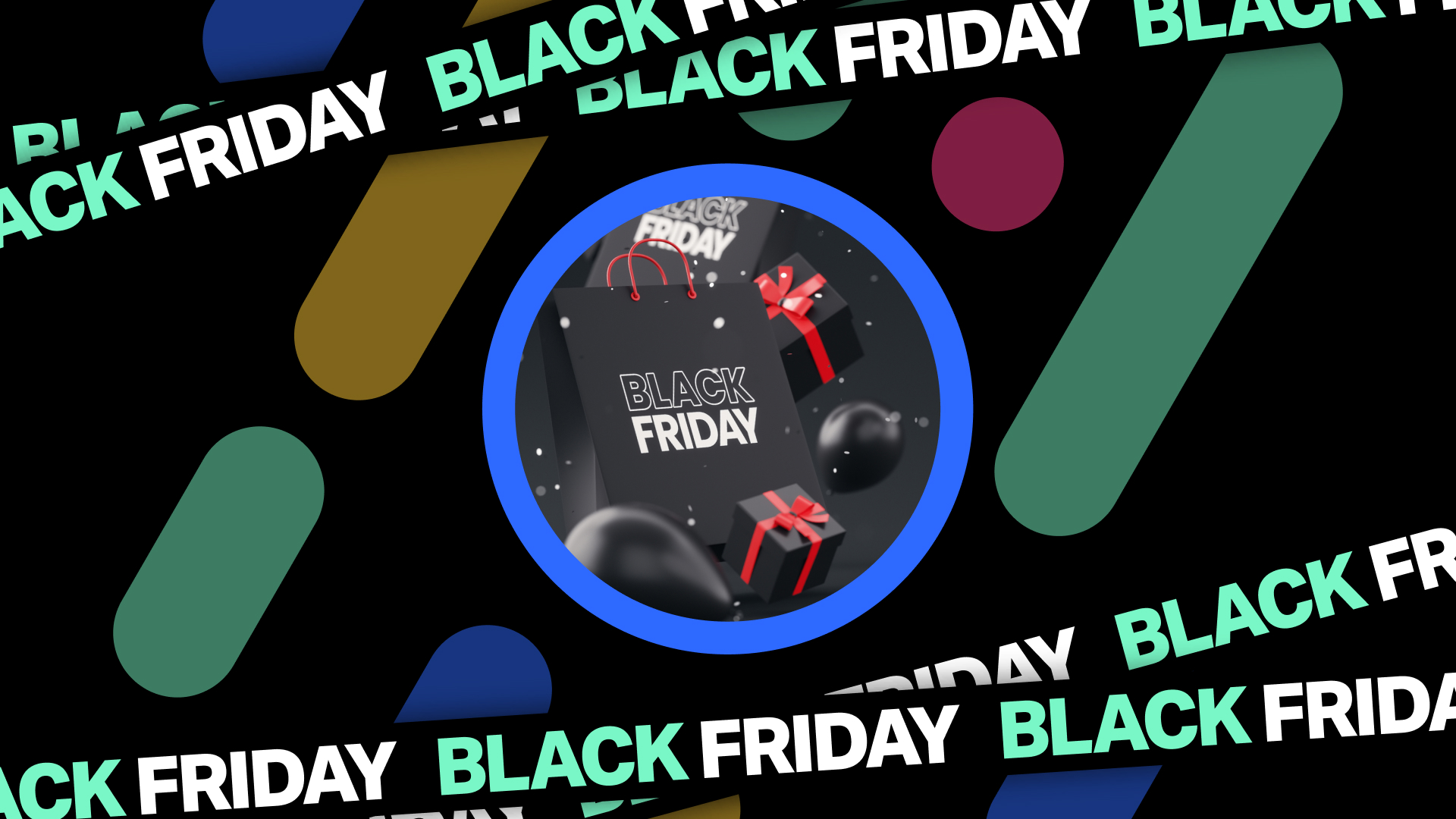Machine learning (ML) has become a huge part of our day-to-day lives. At Sift, we apply ML to detect fraud and abuse on the internet, enabling our customers to slash fraud losses and unlock incredible growth. And in true Sift spirit, we aim to be transparent about how our technology works.
What is a Sift Score?
If you run Digital Trust & Safety operations for one of the 34K+ websites protected by Sift, you’re familiar with the “Sift Score.” This number, on a scale of 0–100, indicates the likelihood that a given interaction—whether that’s creating an account, posting content, or making a purchase—will be fraudulent.
But if you’re a consumer, what’s your Sift Score anyway? And can you “look up” your score? The answer is: Sift doesn’t score people. Instead, Sift scores user interactions on a specific site for a specific type of fraud.
How is a Sift Score calculated?
Sift uses machine learning algorithms to predict the likely outcome of an interaction on a website or app. Each of Sift’s products is designed to detect a specific kind of fraud or abuse. Each product has its own set of ML models, and generally speaking, each of Sift’s customers has their own product-specific model. For instance, suppose Customer X uses Payment Protection to prevent credit card fraud and Account Defense to prevent account takeover. In this situation, Customer X has two bespoke ML models. The result is the most accurate prediction for our customers and their customers.
When a user accesses Customer X’s site, Sift runs thousands of signals through each bespoke model, analyzing things like time of day, characteristics of email addresses, and number of attempted logins. Customer X only sees the signals that they have shared with Sift in their custom model. Sift then calculates the probability of fraud (the Sift Score) for that specific interaction. For any other interaction with the site, Sift reassesses the probability of fraud.
You can start to see how the Sift Score is situational. It changes for each interaction, based on information that Sift has at that moment, and is unique to Customer X’s environment. Sift Scores are never shared across customers because each customer’s ML model is different.
Why isn’t there simply a score for every user?
Sift isn’t in the business of scoring people—our objective is to make the best predictions of outcomes for behaviors on the internet. To do that, we’ve learned from our data that the best way to predict fraud and abuse is to assess specific interactions.
To illustrate this with an example, let’s consider the case of account takeover (ATO), in which a fraudster hijacks a legitimate user’s account. In this situation, the user’s account is completely valid. Evaluating the person owning the account tells us nothing about the ATO. On the other hand, the details of the login itself—like time of day, unknown browser type, failed login attempts—reveal the suspicious nature of the interaction. By evaluating the signals associated with the interaction, Sift enables customers to assess whether that account’s actions were initiated by the legitimate owner or a fraudster.
How do Sift customers use Sift Scores?
It’s entirely situational and at the discretion of the customer. Consider the Sift Score as an insight into user activity on a customer’s website. It’s up to our customers’ Digital Trust & Safety teams to determine what subsequent action to take and what to convey to their end-users. Ultimately, a Sift Score is a situational assessment that enables our customers to take appropriate actions for their users and business.
But there are limits to what our customers can do with Sift Scores. Sift customers are contractually prohibited from using our services outside of fraud detection and prevention. Customers are not allowed to use our services as a factor in establishing an individual’s creditworthiness or eligibility for credit, insurance, housing, or employment; or in any way that facilitates discrimination.
Learn more about the Sift Score.







